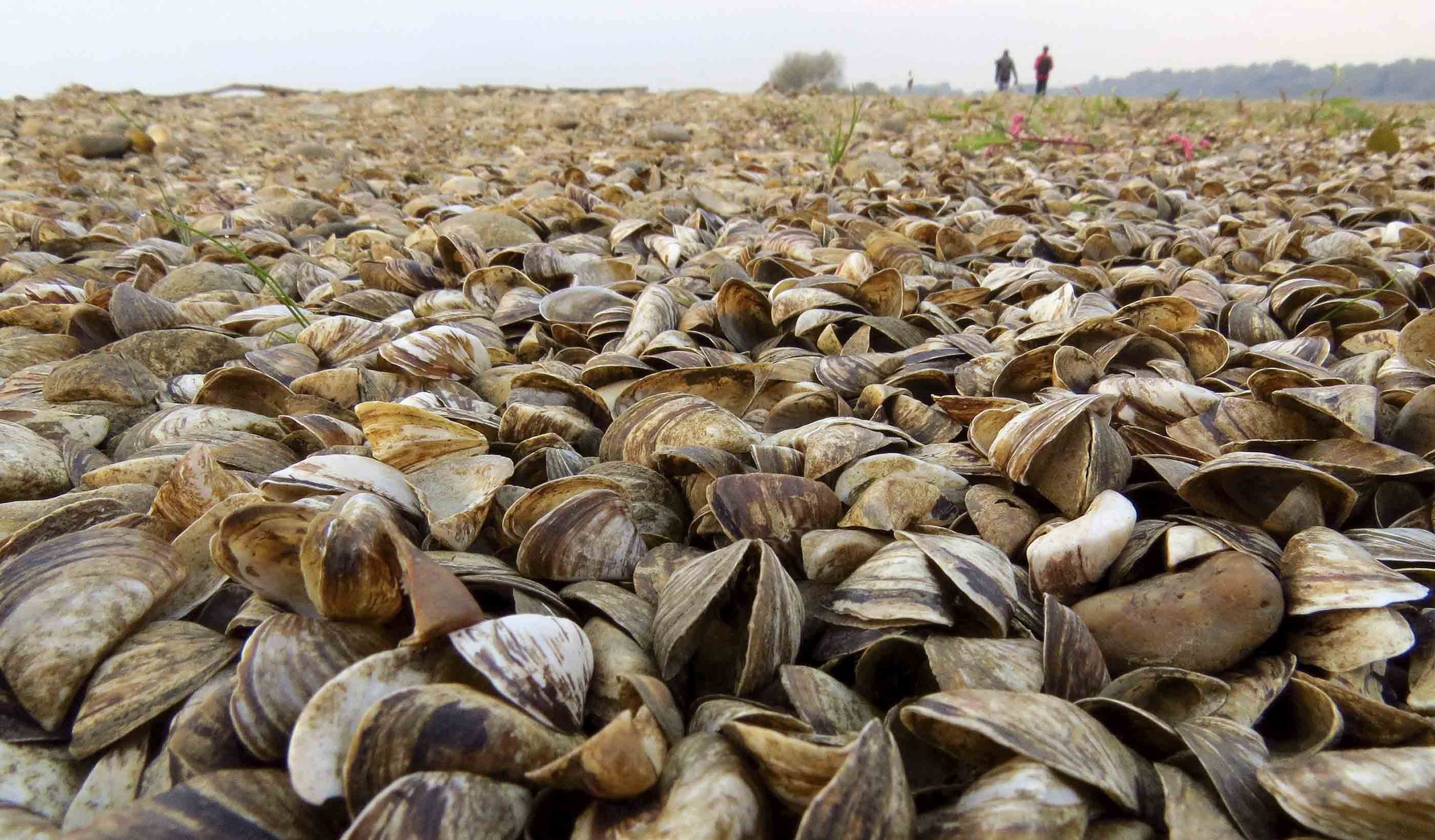
Invasive Species
Invasive Species in the Great Lakes Region
Once established, invasive species like Phragmites, zebra mussels, and sea lamprey are impossible to eradicate. Therefore, federal efforts are focused on reducing the spread of these species or preventing them from entering the lakes in the first place. Currently, federal investments are working to keep invasive carp out of the lakes and control invasive plants like Phragmites on 100,000 acres in the region.
Invasive carp are perhaps the most serious invasive species threat to the Great Lakes. The non-native carp are in the Illinois River, which is artificially connected to the Great Lakes by a series of shipping canals. In some parts of the Illinois River, invasive carp make up 90 percent of the life in the river, having out-competed and out-eaten native species. Investments from the federal government are needed to keep invasive carp at bay, while also enforcing strong regulations on invasive-species-filled ballast water.
Learn More about Invasive Species in the Great Lakes Region
Brandon Road Lock & Dam
The Great Lakes and Mississippi River Interbasin Study was done in 2014 near the Brandon Road Lock and Dam in Illinois to find ways to stop aquatic nuisances, primarily invasive carp, from moving from the Mississippi River to the Great Lakes.
In the summer of 2024, Illinois Governor Pritzker, Michigan Governor Whitmer and the U.S. Army Corps of Engineers signed a historic Project Partnership Agreement to begin construction on the Brandon Road Project to keep invasive carp out of the Great Lakes. The project has a cost share of federal funding and non-federal funding, with Illinois and Michigan contributing the non-federal funding.
